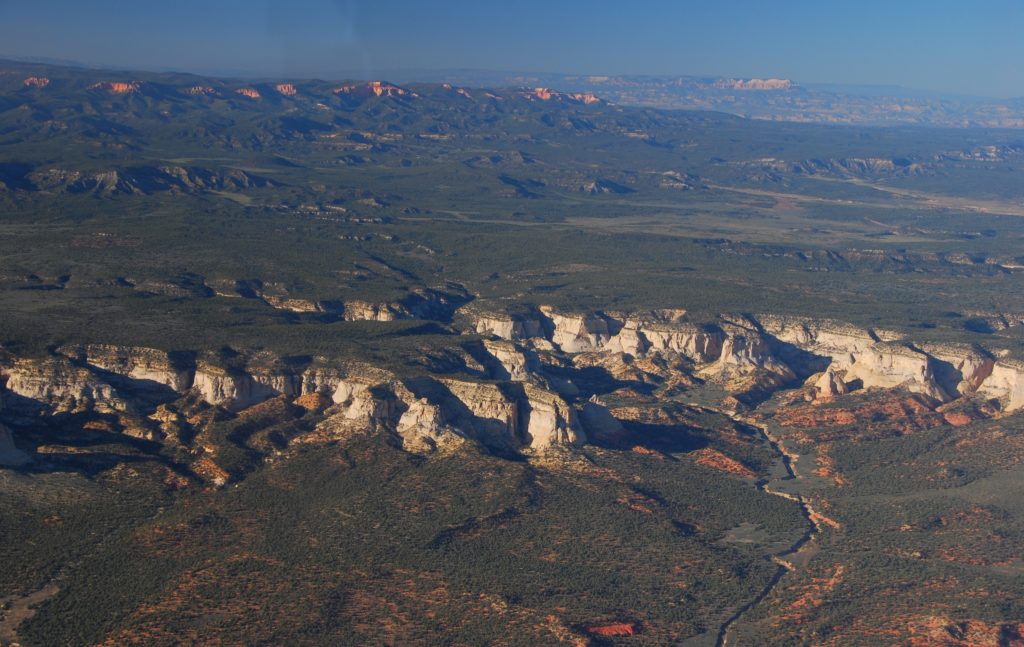Good news!
Yesterday, the U.S. Department of the Interior’s Board of Land Appeals (IBLA) overturned a decision by the Bureau of Land Management (BLM) to chain and masticate more than 30,000 acres of pinyon-juniper forest and sagebrush stands from the Skutumpah Terrace area within Grand Staircase-Escalante National Monument!
SUWA—along with our partners at Western Watersheds Project, The Wilderness Society, and the Grand Canyon Trust—had appealed the BLM’s February 2019 decision approving the project.
In overturning the BLM’s decision yesterday, the IBLA found that the BLM failed to take a hard look at how vegetation removal would impact migratory birds, and that replacing native vegetation with non-native seed (for the benefit of cattle) was inconsistent with the Grand Staircase-Escalante National Monument management plan.
The IBLA ruling illustrates what should be obvious, which is that destroying native pinyon and juniper forests to plant non-native forage for livestock is bad public policy.
This is a great victory—but the BLM is still proceeding with plans to rip up native vegetation from more than 100,000 acres elsewhere in Grand Staircase-Escalante National Monument, and hundreds of thousands of additional acres throughout Utah.
To build on this victory, we need to pressure Congress to ask the BLM some tough questions about how it is funding its attack on pinyon and juniper forests and sagebrush stands throughout the West.

Left unchallenged, the BLM’s decision would have rid parts of Skutumpah Terrace of pinyon pine and juniper trees by mastication, an intensively surface-disturbing method of vegetation removal that involves shredding trees where they stand by means of a wood chipper/mulcher mounted to a large front-end loader.
The plan would also have authorized the destruction of sagebrush by chaining, the practice of ripping trees and shrubs from the ground by dragging large chains in between two bulldozers. (The Skutumpah Terrace project is featured in a National Geographic story this month.)
There is little evidence to support the BLM’s assertion that these projects improve forage or habitat for wildlife, or reduce stream erosion and runoff. The scientific evidence that these projects are beneficial is often contradictory, or non-existent.
Fortunately, with your help, our efforts to stop these destructive and unnecessary projects are starting to pay off. This week’s IBLA win comes on the heels of the BLM’s decision in May to withdraw its approval of a vegetation removal project on Utah’s Tavaputs Plateau following a SUWA lawsuit.
We’re glad to see these wild landscapes spared from bulldozers and masticators, but Congress needs to step in and ask why the BLM continues to waste taxpayer money on vegetation removal projects that ignore science and its own land management plans.
Tell your members of Congress to ask the BLM hard questions about chaining and vegetation removal.
This victory could not have come without the support of the thousands of SUWA members from across the country who love Utah wilderness—and who are willing to stand with us to defend our public lands.
Thank you for taking action.

